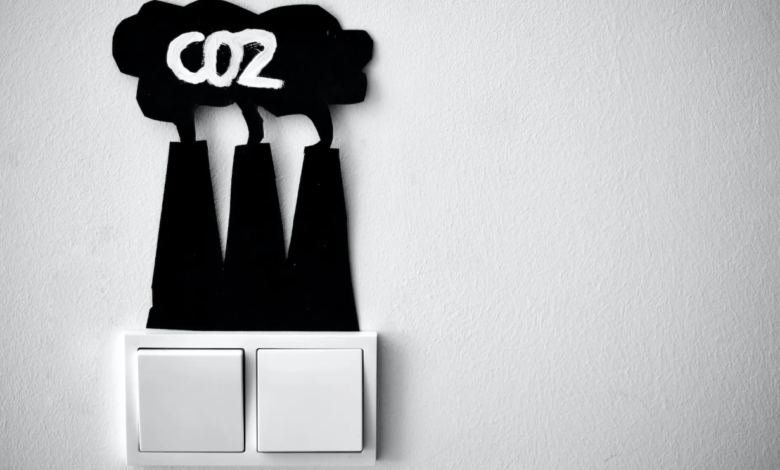The EU goes all-in on carbon removal: it wants 450 mln t CO2 per year by 2050

Direct air capture technologies should cover 100-200 MtCO2 per year
At least 450 million tons of CO2 every year. It is the community goal for carbon removal that the European Commission aims to achieve climate neutrality targets by 2050. A higher amount of emissions than those generated each year by Italy. Despite the carbon removal technologies are still immature. The figure is indicated in the draft strategy on industrial carbon management that Brussels is expected to present on 6 February.
“Achieving the climate neutrality of the entire economy by 2050 will require carbon removal to counterbalance the remaining emissions of sectors that are difficult to break down within the EU by 2050 at the latest and to achieve negative emissions subsequently” reads in the draft anticipated by Bloomberg. Brussels’ target is nine times greater than the world’s current CO2 storage capacity.
CCS, DACs and certifications for EU carbon removal
How will the Commission plan to remove carbon in detail? The energy sector must develop a CO2 sequestration and storage capacity of more than 100 million tonnes per year by mid-century. This share can be achieved with CCS (Carbon Capture and Storage) technologies. It is also planned to use capture with subsequent reuse of carbon in synthetic fuels.
While between 100 and 200 million tons of CO2 should be captured directly from the atmosphere via DAC (Direct Air Capture) technologies. The EU expects this second type of removals to generate specific credits and in 2022 adopted a scheme for these certifications (the legislative process of which is still ongoing).
“The theoretical possibilities of geological storage have been mapped out in many Member States, but these sites now need to be transformed into bankable CO2 storage capacities,” reads the draft. “This requires not only investment but also a broad public understanding that storing CO2 underground can be a reliable climate solution and a profitable business case. It also requires the construction of infrastructure for the transport of CO2”.





